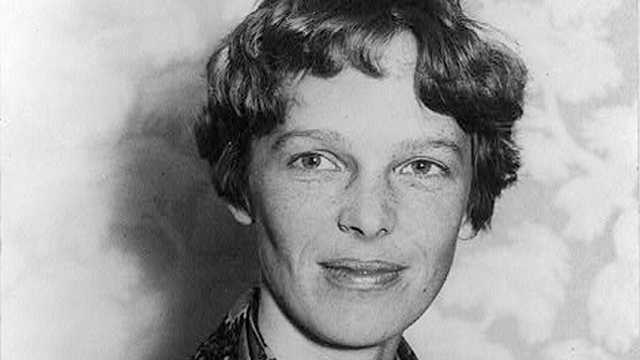Title: The birth of the Apache Leader – Geronimo
Introduction:
One of the most notable historical events that specifically started on May 26 occurred in 1829 – the birth of Geronimo, an eminent leader who became a central figure in the Apache resistance against the United States and Mexico in the Southwest during the late 19th century.
Geronimo’s Life:
Born as Goyahkla (meaning “He who yawns”), Geronimo lived in the modern-day states of New Mexico and Arizona, which were then part of Mexico. A member of the Bedonkohe Apache group, he rose to prominence after the deaths of his mother, wife, and three children by Mexican soldiers in 1858. Seeking revenge, Geronimo began his resistance against those who threatened his people’s way of life.
He was known for his extraordinary guerilla warfare tactics and multiple escape attempts from reservations to which his people were confined. He became a symbol of Native American resistance in the face of western expansion.
Interesting Facts for Kids:
1. Geronimo’s battle cry, from which he earned his name, became a term used for courage and fearlessness.
2. Despite his fierce resistance, Geronimo was never a tribal chief. He was a military leader.
3. Though he surrendered in 1886, his spirit was so impactful that people screamed his name when jumping from heights or being brave, and they still do today!
4. After his final surrender, he became a celebrity and appeared at fairs, including the 1904 World’s Fair in St. Louis.
Educational Activities for Kids:
1. Map Activity: Find the areas where the Apache tribe lived on a map and color them in. This will help kids understand the geographical context of the Apache tribe and Geronimo’s life.
2. Craft Activity: Have kids design their own tribal symbols, drawing inspiration from the Apache tribe. This will help them appreciate the cultural and artistic aspects of indigenous people.
3. The story of Geronimo helps understand conflict and resolution. As a complex character-building activity, kids could write a short story about how they’d solve disputes if they were leaders of their community.
The Legacy of Geronimo:
Despite his surrender and subsequent life on an Oklahoma reservation, Geronimo’s resilience symbolizes the struggles of all Native American peoples. He died in 1909, but his legacy as a symbol of Native resistance continues to inspire and educate.
Conclusion:
Though there exists controversy around his methods, Geronimo’s tale remains a poignant reminder of the struggle for Native American rights and their resistance to colonizers. His birth on May 26, 1829, marked the start of a life filled with conviction, resistance, leadership, and resilience, making it a date of historical importance to remember.
References:
1. Debo, Angie. Geronimo: The Man, His Time, His Place. University of Oklahoma Press, 1986.
2. Barrett, S. M. Geronimo, His own story. The autobiography of a great patriot warrior. New York: Ballantine Books, 1970.
3. Ball, Eve. In the Days of Victorio: Recollections of a Warm Springs Apache. Tucson: University of Arizona Press, 1972.







What do you think?
Show comments / Leave a comment